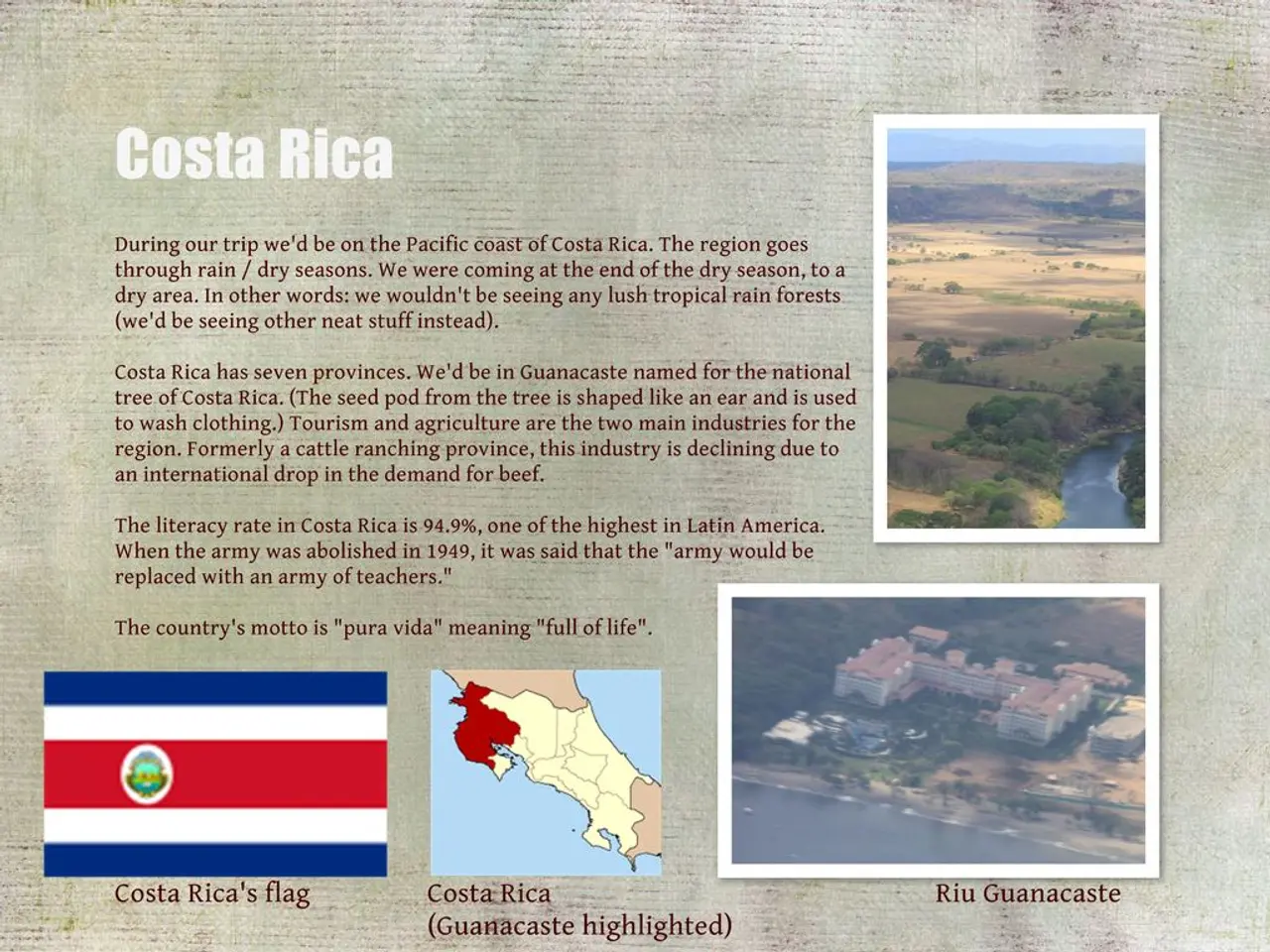Life Balancing Ocean and Society
In the heart of the Caribbean Sea, off the coast of Colombia, lies Santa Cruz del Islote - a tiny island renowned for being the most densely populated island on Earth. With a population of over 1000 people living on just 0.01 square kilometers (roughly two soccer fields) of land, this mini-island is a geographical curiosity and a living lesson on resilience, community, and the negotiation between tradition and change.
The island's unique culture and history stem from generations of fishermen settlers who valued the island for its peacefulness, mosquito-free environment, and proximity to rich fishing waters. Over time, as families grew and no space remained to expand horizontally, the community developed a dense maze of concrete homes, narrow walkways, and rooftop terraces that use every inch of available space.
Santa Cruz del Islote is a vibrant scene of children playing, teenagers listening to loud music, adults playing cards, and the sound of small outboard motors echoing through the tropical heat. The houses, squeezed together and on top of each other, with narrow alleys providing a little shade, and the tiny village square in the middle of the island, add to the island's distinctive charm. Some houses even stand on concrete pillars above the water.
The island's culture is deeply communal and characterized by strong social cohesion, resilience, and mutual support. Despite real hardships, such as limited modern conveniences and education opportunities, the community thrives on solidarity and collective strength. When power is out, social life flourishes even in candlelight or moonlight.
Tourism increasingly impacts the island, bringing economic opportunities and new challenges related to preserving its fragile environment and social fabric. Debates continue about balancing economic benefits with environmental sustainability and cultural preservation. The island's environmental situation is precarious, with limited space for waste disposal leading to pollution in surrounding ocean waters.
Santa Cruz del Islote stands as a powerful example of human adaptability and social cooperation. It is a testament to the spirit of the people who have made it their home, maintaining a vibrant and proud community in conditions that seem nearly impossible for sustained habitation.
The first settlers arrived on Santa Cruz approximately 330 years ago, attracted by the fish-rich waters. Over generations, more land was added to the island by piling sand, stones, coral remains, and shells into the very shallow water around the island. The island's initial accommodations were built on the coral reef for fishermen to take breaks without having to return to the mainland.
One of the last representatives of the changing profession of traditional fishermen on Santa Cruz del Islote is Don Guillermo. Born on the island over 70 years ago, Don Guillermo's grandfather was a US soldier who fell in love with a woman from the island and stayed.
For overseas readers, a print edition subscription is available. The current issue's texts can be read by purchasing a magazine from Hinz&Kunzt vendors on Hamburg's streets. Santa Cruz del Islote, with its resilient spirit and unique culture, continues to captivate and inspire, offering a glimpse into the remarkable adaptability of human communities.
Travelers visiting Santa Cruz del Islote can immerse themselves in the unique culture and lifestyle of this densely populated island, experiencing the vibrant energy of its community and witnessing the resilience of its people amidst challenging living conditions. As cultural-travel enthusiasts explore the island's narrow alleyways, rooftop terraces, and charming village square, they will gain a new appreciation for human adaptability and the strength of collective spirit.




